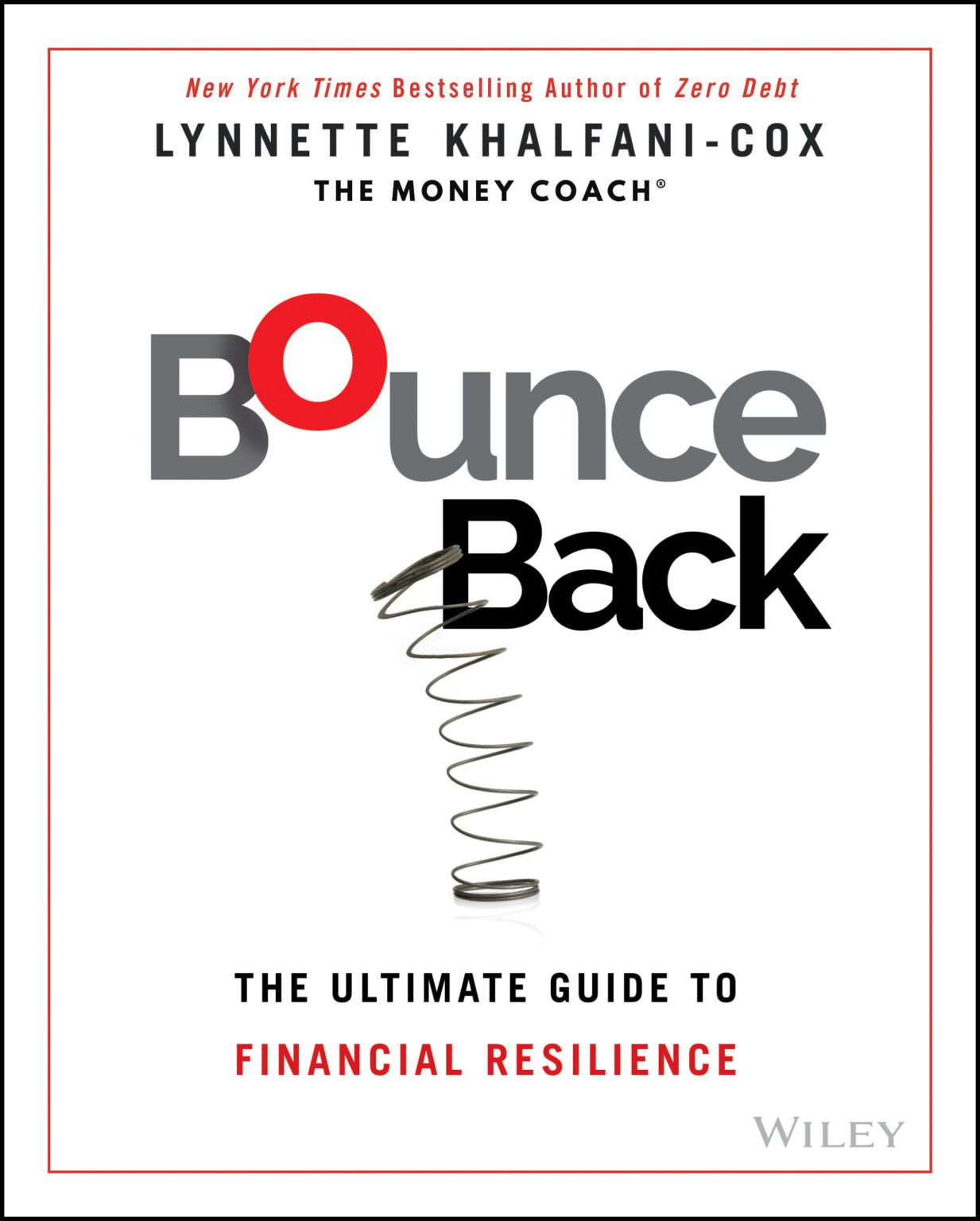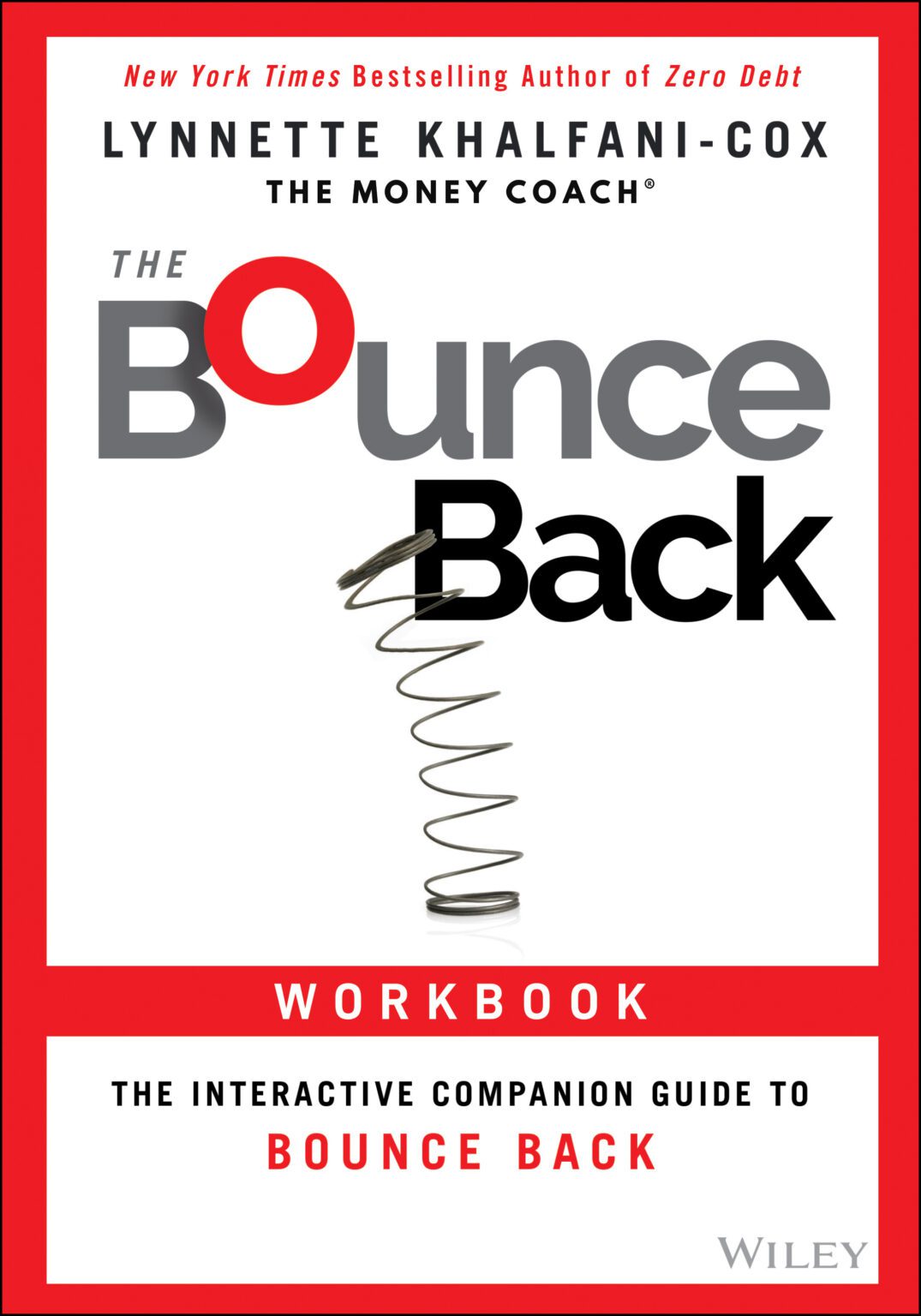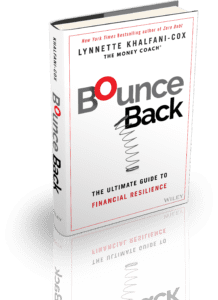Getting a home loan can be a confusing process.
You have to decide whether to get a fixed-rate mortgage or an adjustable-rate loan. You’ll want to shop around and qualify for the best loan rates and terms. And when you’re signing on the dotted line for one of the biggest purchases of your life, you naturally want to fully understand everything.
So, one way to make the home loan process easier is to understand some important lingo you might hear from experts in the mortgage industry.
Here are two confusing mortgage terms made simple.
1. DTI or Debt-To-Income Ratio
When a lender mentions your DTI, he or she is talking about how much debt you owe compared to how much income you bring home on a monthly basis.
This is an important consideration because if you’re approved for a mortgage, the lender wants to be sure you’ll be able to repay that obligation. This is why lenders make a careful review of your existing debts before saying “Yes” to a loan application.
But not all of your monthly financial obligations are considered when calculating your monthly debt-to-income ratio.
For example, your utility bills, the money you spend eating out, and the cash you might dole out for daycare expenses are not included in your DTI.
Instead, the lender will look at the traditional credit obligations that are reflected on your credit reports – such as your credit card payments, auto loan, and student loan – along with any current mortgage/housing payment you’re making.
To compute your DTI, your monthly debts are divided by your monthly take-home pay.
For example, if your total monthly credit obligations are $2,000 a month and your net, take-home pay is $5,000 a month, you have a 40% DTI ($2,000 / $5,000 = .40)
Debt-to-income ratios can vary by loan type, such as if you’re purchasing a home versus refinancing a home loan. Additionally, every lender has its own DTI guidelines. But most lenders will require that your monthly expenses not exceed roughly 42% to 50% of your monthly income, meaning your DTI typically needs to be lower than 50%. And that 50% level is being generous; most lenders cap your DTI at 43% to 48% for conventional mortgages.
For government-insured loans, like an FHA loan, however, your DTI can be as high as 57% — provided you have other compensating factors, like a high credit score, steady employment of hefty cash reserves after closing on a home loan.
Front End DTI Vs. Back-End DTI
Front-end DTI and back-end DTI are two important calculations used by lenders to assess your ability to repay a mortgage.
Front-end DTI: This ratio compares your proposed monthly mortgage payment (including principal, interest, property taxes, and insurance) to your gross monthly income. It is also referred to as the housing ratio.
Lenders use this ratio to determine if you can afford the mortgage payment. A typical front-end DTI limit is around 28%, but it varies depending on the lender and the loan program.
Back-end DTI: This ratio considers all of your monthly debt obligations, including the proposed mortgage payment, in comparison to your gross monthly income. It includes not only the mortgage payment but also your other debts such as credit card payments, student loans, car loans, and other recurring monthly obligations.
Lenders use this ratio to determine if you can handle all your existing debts in addition to the new mortgage. A common back-end DTI limit is around 36%, but again, it can go much higher, based on the lender and the loan program.
Both front-end and back-end DTI ratios are crucial in the mortgage qualification process, as they help lenders evaluate your overall financial strength and your ability to manage financial obligations responsibly.
Mortgage Points
A mortgage point is simply a fee you can pay to lower the interest rate on a home loan. An easy way to understand points is to know that one point is equal to one percent of a home loan.
So, if you obtained a $300,000 home loan, paying one point on that loan would mean paying $3,000.
Why would you want to do this? To lower your long-term borrowing costs.
Assume that paying a point lowers your interest rate by 1/4th of a percent, which cuts your mortgage payment by $100 a month. If so, paying $3,000 in points means that in 30 months (2.5 years) you would have recouped your money. As long as you plan to live in the house for 2.5 years, paying the point was worth it.
In fact, the longer you plan to live in a house the more worthwhile it becomes to pay mortgage points and save money over the long haul.
Check out our articles on homeownership for tips and mortgage terms you need to know.








